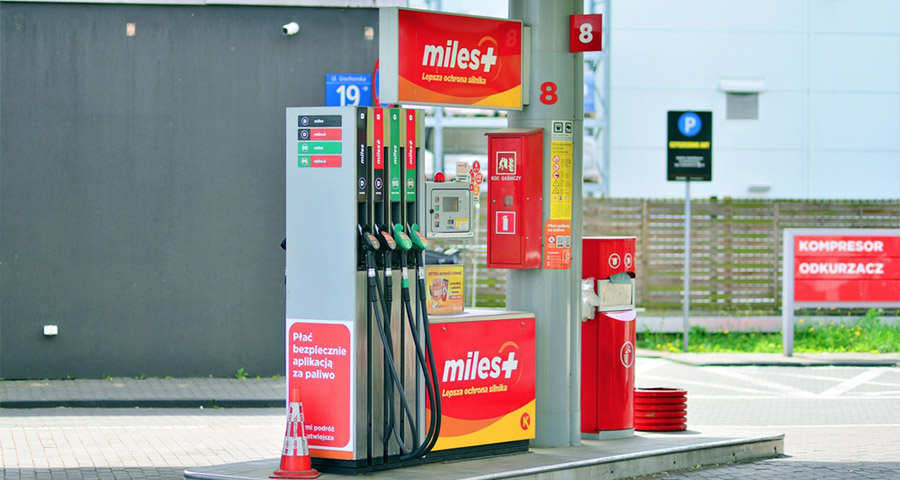
The number of traditional gas stations in Europe will decline by nearly half in the coming 25 years, mainly driven by the transformation of the vehicle fleet. According to research from Sia Partners, gas stations which hope to survive will need to pivot their business model to offer new mobility solutions or fuelling options.
The 21st century witnessed a significant shift towards electric vehicles (EVs), driven by concerns over greenhouse gas emissions and advancements in battery technology. Companies like BYD, Tesla and Volkswagen have spearheaded the EV revolution, proving that electric cars could be both high-performance and popular with consumers – leading to many other major automotive manufacturers investing heavily in electric and hybrid technologies.
The road to net zero is triggering an overhaul of Europe’s transport infrastructure. With the continued push to make electric vehicles the dominant form of road traffic, there have been efforts across the continent to roll out charging points that can power the new generation of automobiles.
At the same time, the changes are also accelerating the decline in gasoline consumption. As fuel efficiency has improved, and the adoption of EVs continues to increase, a report by Sia Partners has estimated that the number of traditional gas stations in certain continents could potentially drop by 45% by 2050, if they do not transform their businesses.

According to Sia Partners, the number of internal combustion engine (ICE) vehicles is set to decline in Europe by 63% before 2050. Falling from 260 million vehicles to just 97 million, it is clear that this would indeed lead to less demand for gas stations – the number of those tumbling from 120,000 across the continent to 66,000 in 2050.
Leading this trend will be Poland and Croatia, which will see their number of gas stations decline by 58%. In contrast, Spain will only see a 29% decline, while Cyprus and Luxembourg will see a fall of 28%. So, what makes for this stark variation?
In the case of smaller countries like Luxembourg, it may be that there are not that many gas stations to cut back on in the first place. It may also be that they are leading the way in pivoting their businesses, to sustain their businesses even with a fall in the demand for petrol.

This includes energy diversification – adapting to offer an array of energy products including EV charging stations, hydrogen fuel, and biofuels. At the same time, stations may consider providing additional services through retail activities, or adding the options of a mobility hub – offering rental bikes and vehicles – along with maintenance services.
The researchers concluded, “The fuel industry is at a crossroads, balancing the legacy of fossil fuels with the need for sustainable energy solutions and more demanding consumers. Companies must innovate and invest in cleaner technologies and customer experience, ultimately developing additional revenue stream to thrive in the new energy landscape. The transformation from traditional gas stations to comprehensive energy stations will play a crucial role in shaping the future of transportation and energy consumption.”
